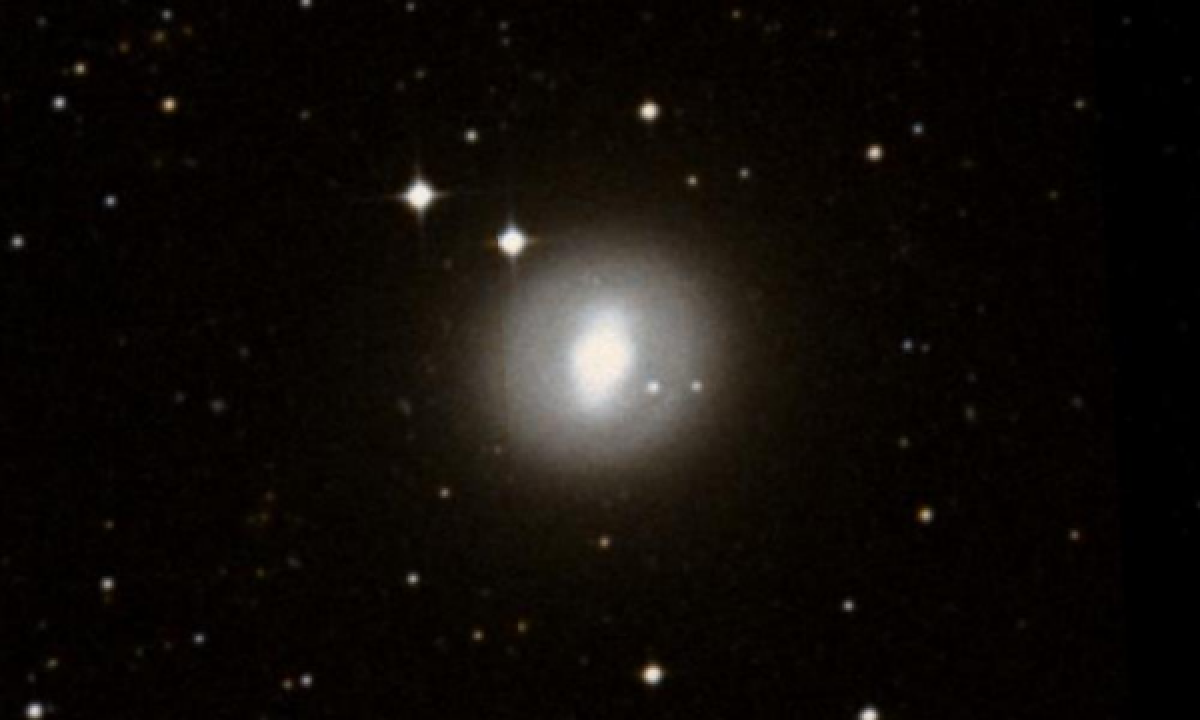The New General Catalogue of Nebulae and Clusters of Stars (abbreviated as NGC) is a catalogue of deep-sky objects compiled by John Louis Emil Dreyer in 1888. The NGC contains 7,840 objects, known as the NGC objects. It is one of the largest comprehensive catalogues, as it includes all types of deep space objects, including galaxies, star clusters, emission nebulae and absorption nebulae.
Know more about NGC
NGC 1533

NGC 1533 is a barred lenticular galaxy with faint spiral structure in the constellation Dorado. The seventh-brightest member of the Dorado Group and 1° off the group's center, it is surrounded by a vast arc or ring of H I which is connected to IC 2038 and IC 2039. The ring orbits around 32 kpc from the center.[b] As is typical of lenticular galaxies, star formation is weak in NGC 1533. Using both the surface brightness fluctuation (SBF) and globular cluster luminosity function (GCLF) methods, its distance was estimated in 2007 to be 19.4 ± 1.1 Mpc and 18.6 ± 2.0 Mpc respectively. Averaging these together gives a distance of around 19 million parsecs or 62 million light-years from earth.[a] In 1970, a supernova was detected in NGC 1533. NGC 1533 was discovered by John Herschel on December 5, 1834.
More Images:

Sources:
Wikipedia Page: NGC 1533
NGC 1533 at In-The-Sky website
